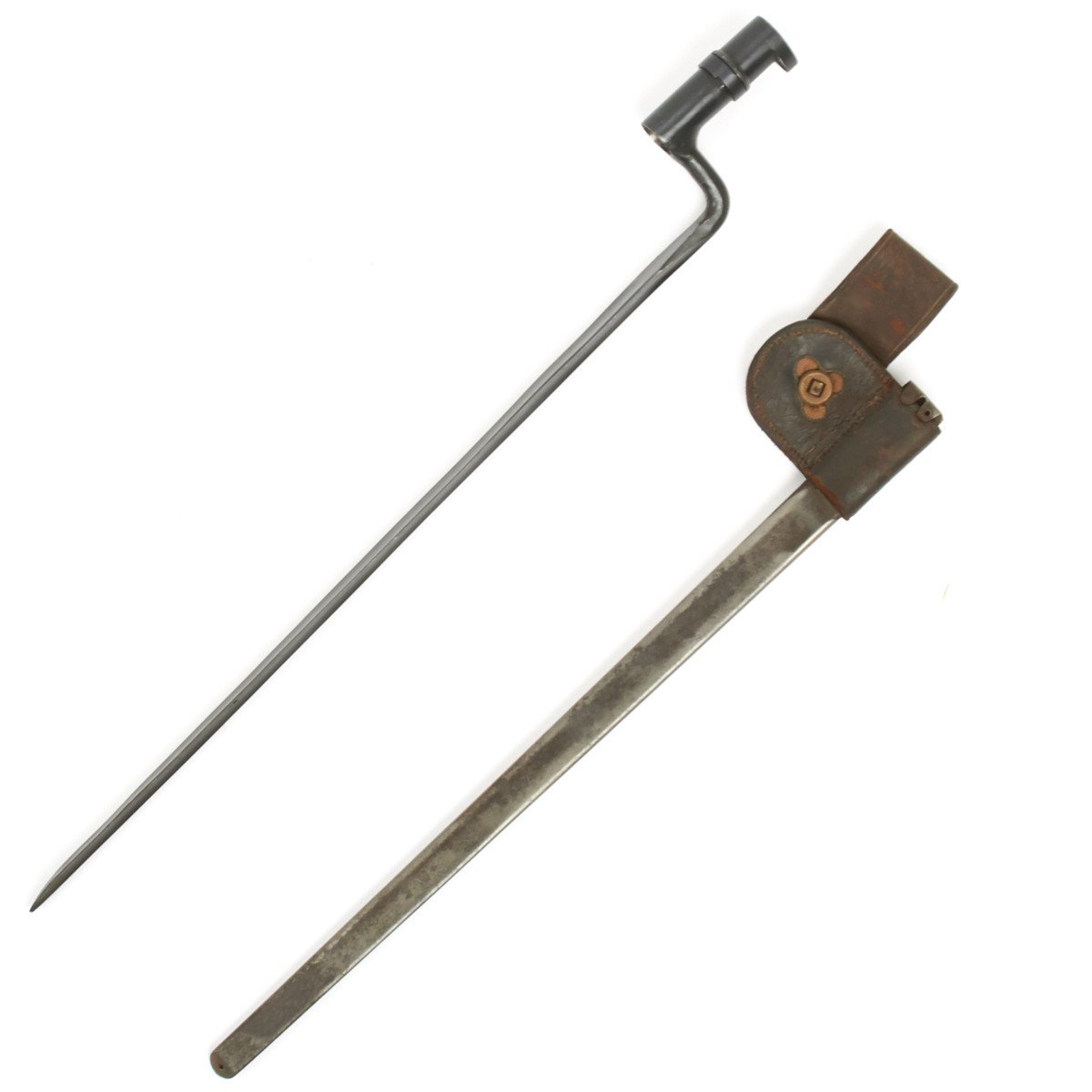


Southern resistance collapsed before the rifle could be produced in quantity, but some 5,000 were shipped to garrisons on the Western plains where hard-bitten veterans took one look at the clumsy apparatus and dubbed it “the Trapdoor rifle,” a name it has retained to this day.īesides being awkward, those first Trapdoors were inaccurate and unreliable.

58 caliber muzzleloading muskets that would allow a rimfire copper cartridge to be inserted in the breech. Then Allin submitted a plan of his own, which he patented, calling for installing a hinged breechblock on the rear of existing. Allin, in turn, called for prototypes from inventors. Dyer ordered Allin to “use whatever means seem practical” to produce a breechloading rifle. Dyer to break the stalemate with increased firepower. Stanton instructed Chief of Ordnance A.B. Democrats were suggesting peace overtures to the Confederacy, and the White House was rightfully nervous about Abraham Lincoln’s reelection chances. Federal troops were stalled before Petersburg and Atlanta the American public was souring on what seemed to be an endless war. Its predecessor, the Model 1865, was ostensibly the brainchild of one Erskine Allin, master armorer at the government’s arsenal at Springfield, Mass.

The Model 1873 Springfield-both carbine and rifle-has a long and checkered history, one that stretches back to the darkest days of the Civil War. After the battle, many troopers were found tomahawked to death, their guns useless with cartridges seized in the chambers. Out on the windswept prairie, the smoke from black powder was no problem-but the fouling it left behind was. The 1873 Springfield carried by Custer’s 7th Cavalry was a carbine, a foot shorter than the model carried by the New York volunteers in Cuba. Both were driven by presidential ambitions. Both men found themselves mired in poorly planned assaults upon superior forces. Both had once held positions of greater responsibility-Custer as a major general in the American Civil War, Roosevelt as U.S. Theodore Roosevelt and George Armstrong Custer were both young and brash lieutenant colonels. In addition, parallels between the commanding officers at both battles are astounding. That black powder rifle that performed so miserably before Kettle Hill had also failed 22 years previously at the Greasy Grass-the Little Bighorn. He waved a revolver salvaged from the wreck of the battleship Maine and bellowed: “You need orders, then I will give them! Come with me or stand aside and let my men through!” The charge that followed swept the Spaniards from the heights, pushed Roosevelt into the headlines and eventually carried him to the presidency of the United States. Realizing they could not stand that kind of punishment for very long, Roosevelt demanded that the New Yorkers rush the Spanish position, but they would not advance without proper orders. All a Spanish soldier had to do was center his sights on that cloud and pull the trigger. From their well-dug-in positions up on the Santiago heights, Spanish troops were armed with Mauser Model 1893 repeaters that used smokeless powder and high velocity bullets to deadly advantage. The 71st troops were armed only with single-shot black powder 1873 Springfield rifles and might as well have been carrying a banner reading, “Aim right here!” Each time a New Yorker fired, his position was immediately given away by a billow of black powder smoke-“about the size of a cow,” as one trooper put it. They were taking heavy rifle fire from the heights before Santiago. At a curve in the road he found his way blocked at the foot of Kettle Hill by the 71st New York Volunteers. He had just led his Rough Riders in an attack up a winding muddy road from the beach. Lieutenant Colonel Theodore Roosevelt found himself in a tight spot on the outskirts of Santiago, Cuba, on July 1, 1898. Weaponry: The Springfield Trapdoor rifle | Historynet Close


 0 kommentar(er)
0 kommentar(er)
